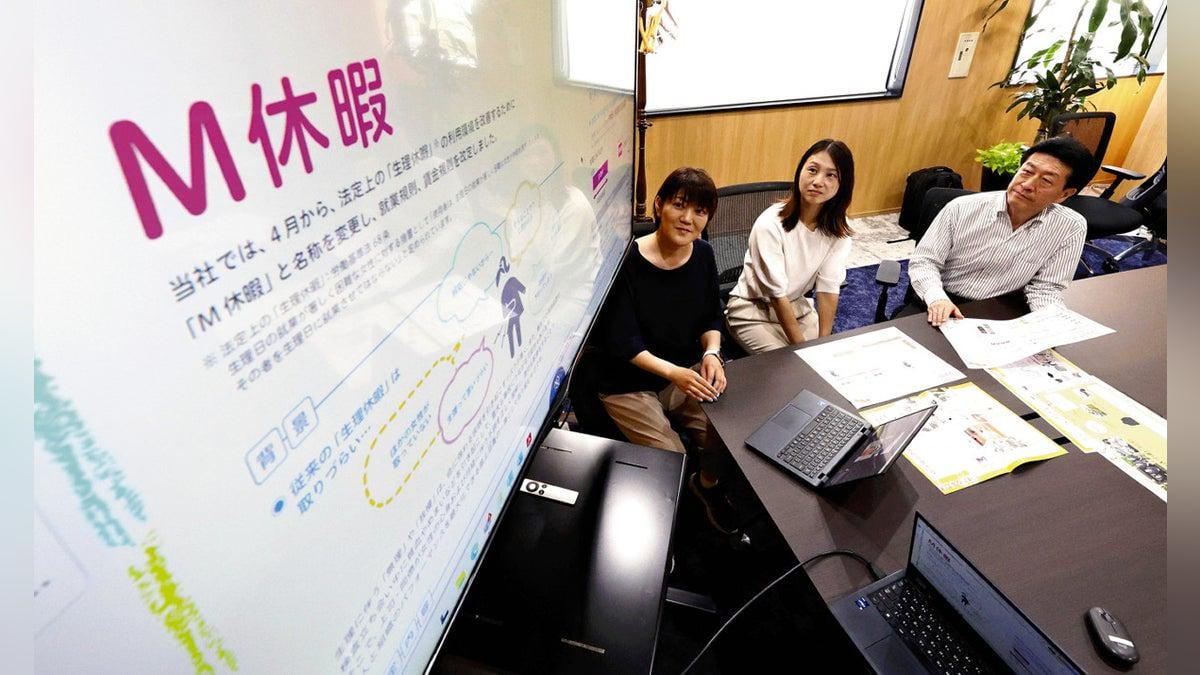
Japanese companies and public institutions are rethinking the country’s long-overlooked “menstrual leave” system, aiming to make it easier for employees to use. Though guaranteed under labor law since 1947, fewer than 1 percent of women now take the leave, a steep drop from the 1960s when about 20 percent did. Many cite embarrassment in applying, particularly with male supervisors, and a workplace culture that treats menstruation as something to hide.
To address this, firms are renaming and expanding the policy. Daiwa Lease, a construction company, rebranded it as “M Leave,” short for “menstrual.” The change, paired with internal education, helped boost annual use from around 15 times to more than 350. The leave also now covers premenstrual syndrome. Aomori Prefectural Police introduced “F Leave,” which can be taken in hourly increments, tripling usage.
Some employers are broadening the system beyond women. SMBC Nikko Securities renamed it “My Care Leave,” allowing time off for menopause, infertility treatments, or other health needs regardless of gender. Wacoal offers “Personal Leave” for family caregiving as well as menstrual and menopause-related discomfort. Otsuka Pharmaceutical has introduced “Self-Care Leave,” which can also be used for gender-affirming procedures.
Experts say the reforms could signal a cultural shift. “For decades, menstruation has been treated as something to conceal,” said Yuri Horikawa, a professor at Wako University. “Revisiting the system should spark broader discussion about workers’ rights to health, regardless of gender.”
The government estimates that lost productivity from menstrual symptoms costs the economy nearly ¥570 billion ($3.8 billion) annually. A revised gender equality law now urges employers to account for women’s health needs, adding momentum to workplace reforms.
by MagazineKey4532
